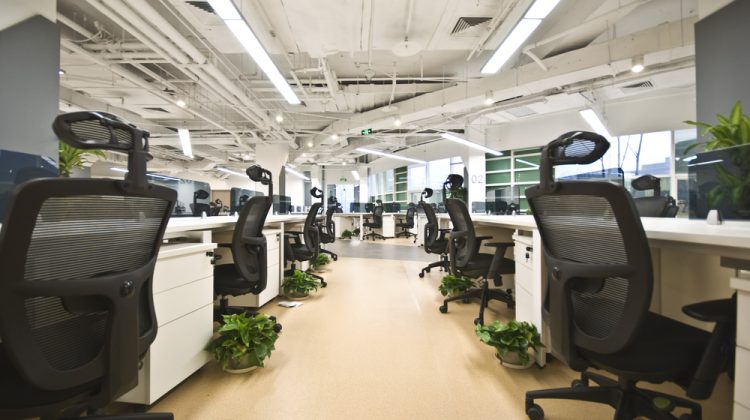
Passive Design: The Smart Way to Build Sustainable Spaces
Passive Design: The Smart Way to Build Sustainable Spaces
In the pursuit of sustainable and energy-efficient buildings, passive design has emerged as one of the most effective and eco-friendly architectural approaches. By using nature’s elements—like sunlight, wind, and thermal mass—passive design creates comfortable indoor environments with minimal energy consumption.
As India faces increasing energy demands and rising temperatures, architects and builders are turning toward passive design to construct homes and offices that are both sustainable and cost-efficient. Let’s explore what it is, how it works, and why it’s transforming modern construction.
What Is Passive Design?
Passive design is an architectural approach that leverages natural resources to regulate indoor temperature and lighting without relying heavily on mechanical systems like air conditioners or heaters.
The concept is simple but powerful—design buildings that stay naturally cool in summer and warm in winter. Through orientation, insulation, shading, and ventilation, passive design reduces energy demand and enhances comfort.
This approach aligns perfectly with India’s diverse climate zones, from hot and humid coastal areas to cool hill regions, making passive design a practical and sustainable solution.
Core Principles of Passive Design
1. Building Orientation
The positioning of a building significantly affects its thermal performance. In passive design, orientation ensures that spaces receive maximum natural light and ventilation. For instance, north-south oriented buildings in India reduce heat gain and glare while allowing consistent daylight.
2. Natural Ventilation
Passive design utilizes cross-ventilation and strategic window placement to promote airflow, reducing the need for artificial cooling. Courtyards, vents, and operable windows help maintain air circulation and improve indoor air quality.
3. Thermal Mass
Materials like brick, stone, and concrete absorb and store heat during the day and release it at night. This thermal mass concept in passive design helps maintain stable indoor temperatures.
4. Shading and Insulation
Shading devices such as overhangs, louvers, and vegetation protect interiors from harsh sunlight. Combined with proper insulation, these techniques prevent heat loss in winter and heat gain in summer, boosting energy efficiency.
5. Daylighting
Maximizing natural light is another key element of passive design. Thoughtful window placement and reflective surfaces ensure well-lit spaces without excessive artificial lighting, thereby saving energy.
Benefits of Passive Design
1. Energy Efficiency
The biggest advantage of passive design is reduced energy consumption. Buildings designed with natural climate control need less electricity for lighting, heating, or cooling.
2. Cost Savings
With less dependence on air conditioning and lighting systems, design significantly lowers operational costs. The savings continue throughout the building’s lifespan.
3. Comfort and Health
Passive design improves indoor air quality, daylight access, and overall comfort—creating healthier living and working environments.
4. Environmental Sustainability
By reducing energy use, passive design lowers carbon emissions and supports India’s sustainability goals. It aligns with green building certifications like LEED and IGBC, encouraging eco-friendly development.

Passive Design in India
India’s traditional architecture has always embraced elements of passive design—like courtyards, jalis (lattice screens), and verandas. Modern architects are now integrating these age-old principles with innovative materials and technology to design sustainable buildings that perform efficiently across various climates.
Cities such as Jaipur, Ahmedabad, and Chennai are witnessing an increase in passive design projects—especially in educational institutions, housing complexes, and government buildings.
For more information on India’s sustainable design practices, visit the Indian Green Building Council (IGBC) — a leading organization promoting green architecture and energy-efficient construction.
Implementing Passive Design in Your Project
To integrate passive effectively, architects and developers must consider site conditions, climate, and user needs early in the planning stage. Using advanced modeling tools, they can simulate sunlight, airflow, and heat gain to optimize building performance.
If you’re planning a sustainable construction project or renovation, connect with AMS India. Their experts specialize in eco-friendly architecture, energy efficiency, and design strategies that align with modern green building standards.
Conclusion
Passive represents the future of sustainable construction—an intelligent, nature-based approach that saves energy, reduces costs, and enhances comfort. By understanding and applying its principles, we can create buildings that work with the environment rather than against it.
Incorporating passive in construction today means building a resilient and sustainable tomorrow—where architecture and nature coexist in perfect harmony.
Read more related articles to enhance your knowledge and make informed decisions
Cost-Effective Modular Construction: Fast, and Sustainable Building Solutions
Smart Modular Buildings: Innovative, Efficient, and Sustainable Construction








